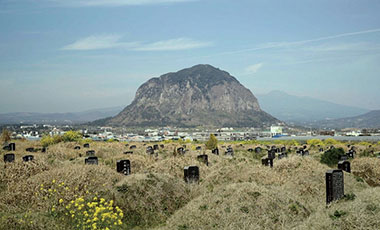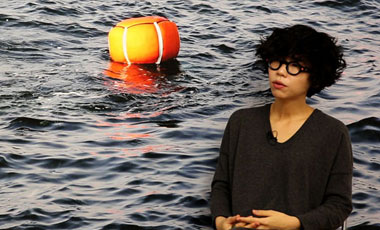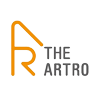
The interviews led by Daehyung Lee, the Artistic Director of the project Dialogue, were conducted with the directors of 9 galleries selected as outstanding galleries in Dialogue, a project presented as a part of a report on the achievements of the Grant for Artist Management program. The course of the directors’ life, concerns about promoting Korean art, future strategies for entering the global market and the directors’ anecdotes with their artists were discussed in the interviews.
The Artistic Director of the project Dialogue, Daehyung Lee, values the social role of art in the era of the 4th industrial revolution in the 21st century (critically essential). Lee is expanding the scope of contemporary curation to the environment, community, technology, and the future. Daehyung Lee directed Korean Pavilion in 2017 Venice Biennale and he led the success of CONNECT, BTS – a global public art project exhibited in five cities including Seoul, New York, London, Berlin and Buenos Aires. Lee organized Korea Research Fellow, a research network of 10 domestic and 10 overseas curators from 2018 to 2021 and has also served as a judge for the 40 UNDER 40 of the London art magazine, APOLLO in 2022.
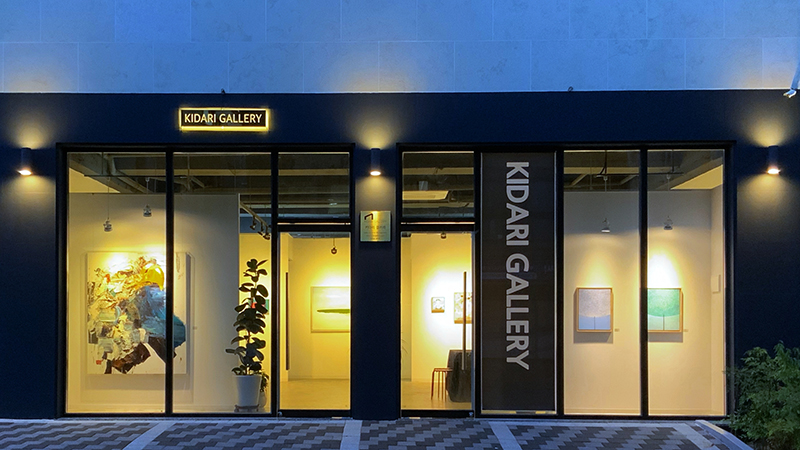
KIDARI GALLERY
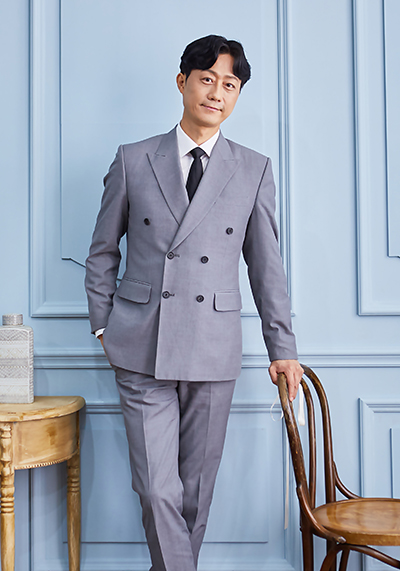
KIDARI GALLERY director Min-seok Kim
Q. There has been a growing interest in Korea around the world recently. This has accelerated the “the rush to Korea” of major galleries around the world. On the one hand, Korea is turning into a more attractive art market, and on the other, we will see a greater interest in Korean art and Korean artists. What is your future strategy in response to such change in the art topography?
More renowned galleries overseas have been opening their Korean branches recently, and the launch of top international art fairs like Frieze in Korea is expected to bring about major changes in the Korean art market. However, we must be vigilant about being hopeful that such changes will directly lead to greater interest in Korean artists. We cannot overlook the unfortunate reality that we must compete more fiercely against foreign galleries for collectors in a small market. That is why we have to be wary of quickly jumping to the conclusion that recent devleopments will make Korean artists’ entry into foreign markets easier. For example, Art Basel has been taking place in Miami for the past two decades, but that didn’t necessarily mean that artists based in Miami suddenly became the talk of the town or quickly rose to fame. In the end, we must participate in art fairs overseas and meet with collectors there to boost interest in Korean artists. Kidari Gallery is also working hard and doing our research to make our way into major art fairs around the world.
Q. The criteria used for artist selection reveals the gallery’s identity. What is your gallery’s unique criteria for artist and artwork selection?
I have been selecting artists and artworks based on my personal perspective and taste since the gallery opened. You might say that I am being extremely subjective, but I think it is, in fact, the most universal from the perspective of the audience, and most reflective of the public taste. Emerging artists we presented at the Kidari Gallery are widely appreciated by the public these days. Another criterion I use is the sincerity and diligence of artists, not their artworks. A gallery and artist builds a relationship not for the sake of a single exhibition, but rather to stand by each other’s side and strengthen one another.
Q. You are an executive member of the Daegu Art Fair. Special strategies and programs will be needed if a local art fair is to gain competitiveness. What direction should it move toward in this changing art topography?
The Daegu Art Fair, which celebrates its 15th edition this year, once led the Korean art market. Unfortunately, the art market in Daegu is contracting as it failed to overcome regional limitations such as the lack of tourist attractions and the stagnation of the local industry. Against this backdrop, the rapid growth of the art market in Busan and the debut of Frieze Seoul stirred up change in the Daegu Art Fair. So this year, the fair changed its name to Daegu International Art Fair and seeks to make a leap forward as a global art fair with a new brand name, “Diaf”. In particular, we will launch the Online Viewing Room in the effort to overcome the its regional limitation, which will allow people to see each gallery’s artworks on the web, and we are focusing on promoting the fair both domestically and internationally using this new feature. Preparations are underway to attract more participation of galleries from overseas as well as collectors from other countries, Seoul, and Busan who will either exhibit their interest and attend the art fair in person or access the Online Viewing Room. We are also working on developing lecture programs targeted at new collectors of the MZ generation and Visit Daegu programs in line with local tour businesses to attract more people to the fair.
Q. What are the charms of Choi Hyeong Gil and his works?
Choi Hyeong Gil’s iconic series, Mr. Kim Runs Today, is reflective of the breadwinners of the contemporary society, and it is closer to my heart than other works because I feel like I myself throug it. It is even more so since the protagonist’s last name is Kim too. However, the greatest charm comes from the work itself. I grow solemn when I see how patient and earnest the artist is in painting so many of those houses. The features of Mr. Kim and the high level of density Choi achieves by slowly and steadily painting all those small houses over so many hours in one corner of his studio are proofs and fruits of the artist’s hard work and time consumed.
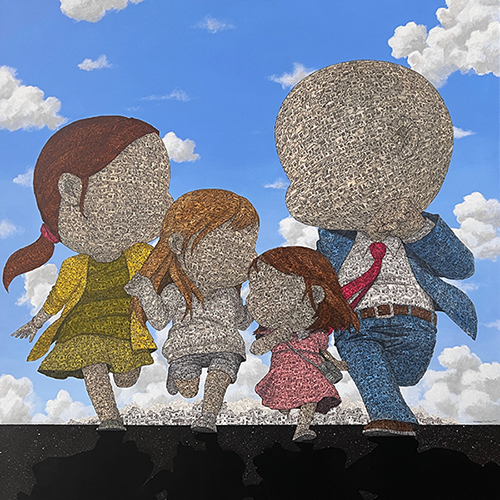
Choi Hyeong Gil,〈Avengers〉, 2022, Acrylic, Watercolor, Pencil on soft cotton, 91.2 x 91.2 cm,
Image provided by KIDARI GALLERY
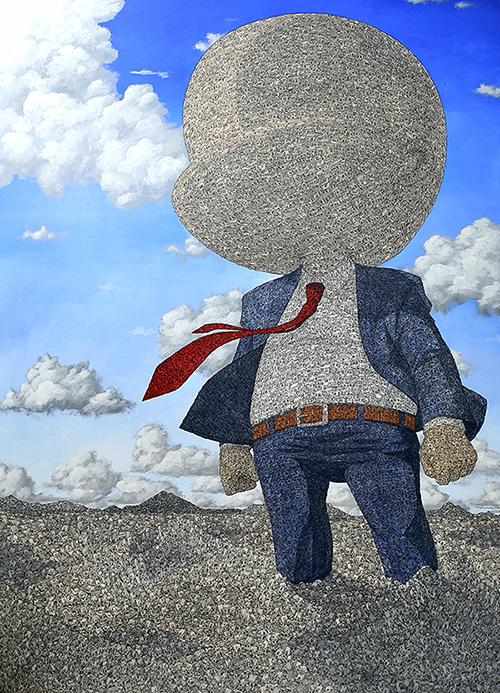
Choi Hyeong Gil,〈Babel〉, 2021, Acrylic, watercolor, Pencil on soft cotton, 162.2 x 120 cm,
Image provided by KIDARI GALLERY
Q. The growth of online platforms was evident throughout the pandemic. Thanks to this growth, we can now enjoy a tech-friendly environment that supports galleries’ meetings with new collectors around the world, beyond the confines of the region. Is Kidari Gallery devising strategies to promote artists and enter new markets through the online space?
Kidari has been actively using major online art platforms run by foreign institutions, such as Saatchi Online, since we opened in 2014. Thanks to this effort, we acquired fans around the world and also enjoyed the opportunity of holding exhibitions and publishing overseas. Back then, there was a lot of advantage in promoting Korean artists through those platforms because there were more collectors than artists accessing them. As is evident here, promoting artists via reputable platforms overseas is not an option but a requirement because it is a great strategy to effectively appeal to collectors abroad without being restricted by time and space. Kidari Gallery entered into a partnership with Artsy in the spring of 2022, and since then, we have been promoting our artists’ new works and news of exhibitions and other relevant events to art collectors at home and abroad through the platform.

